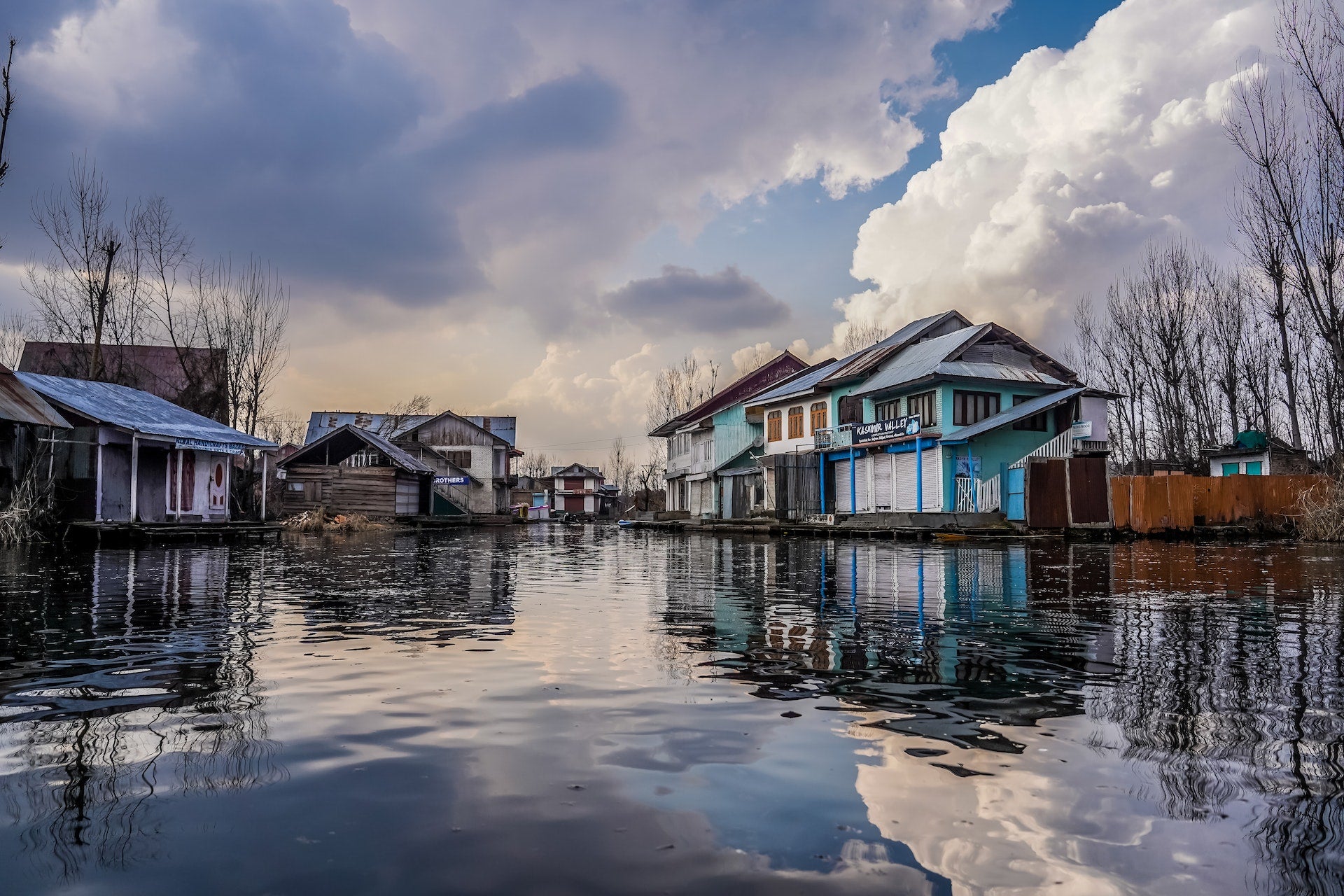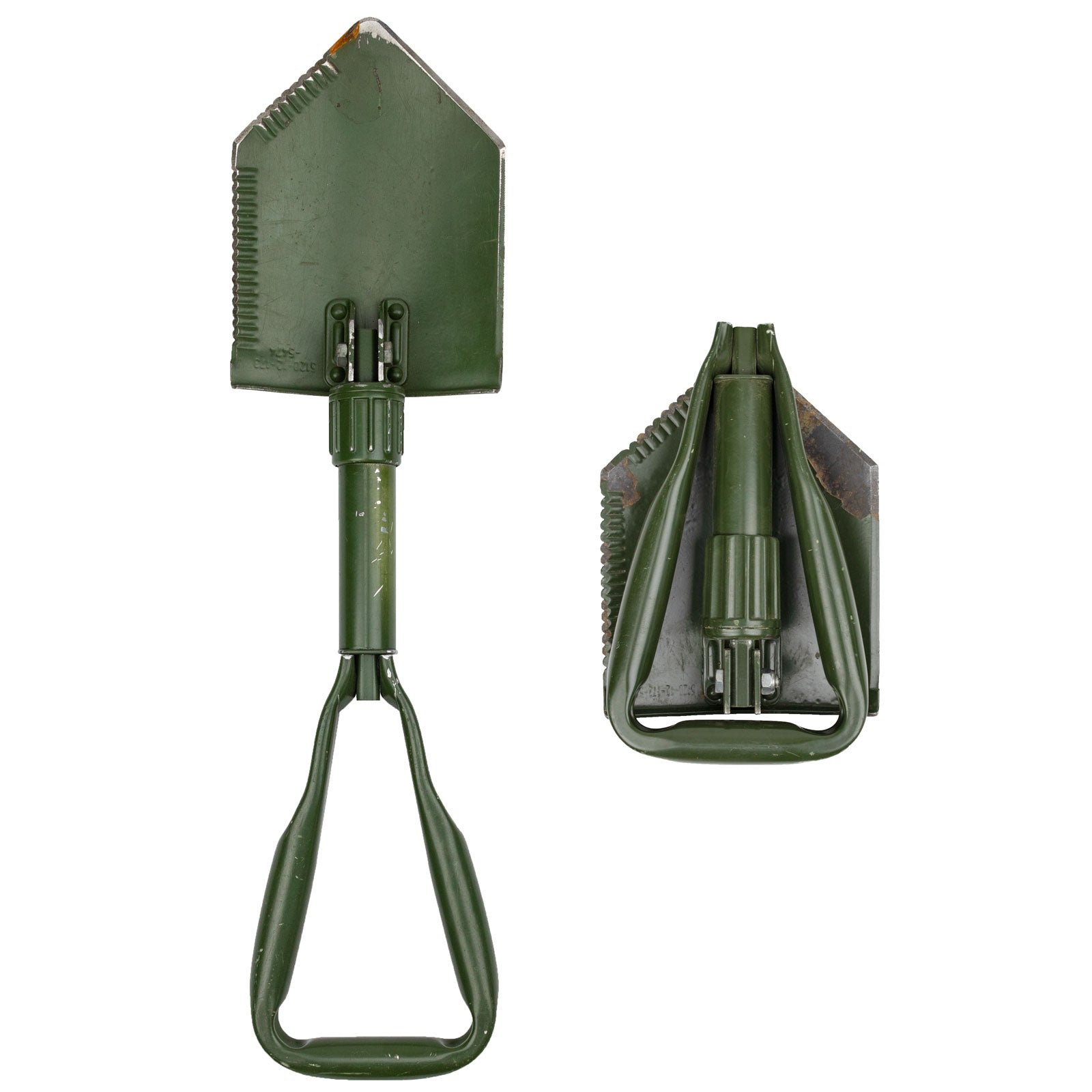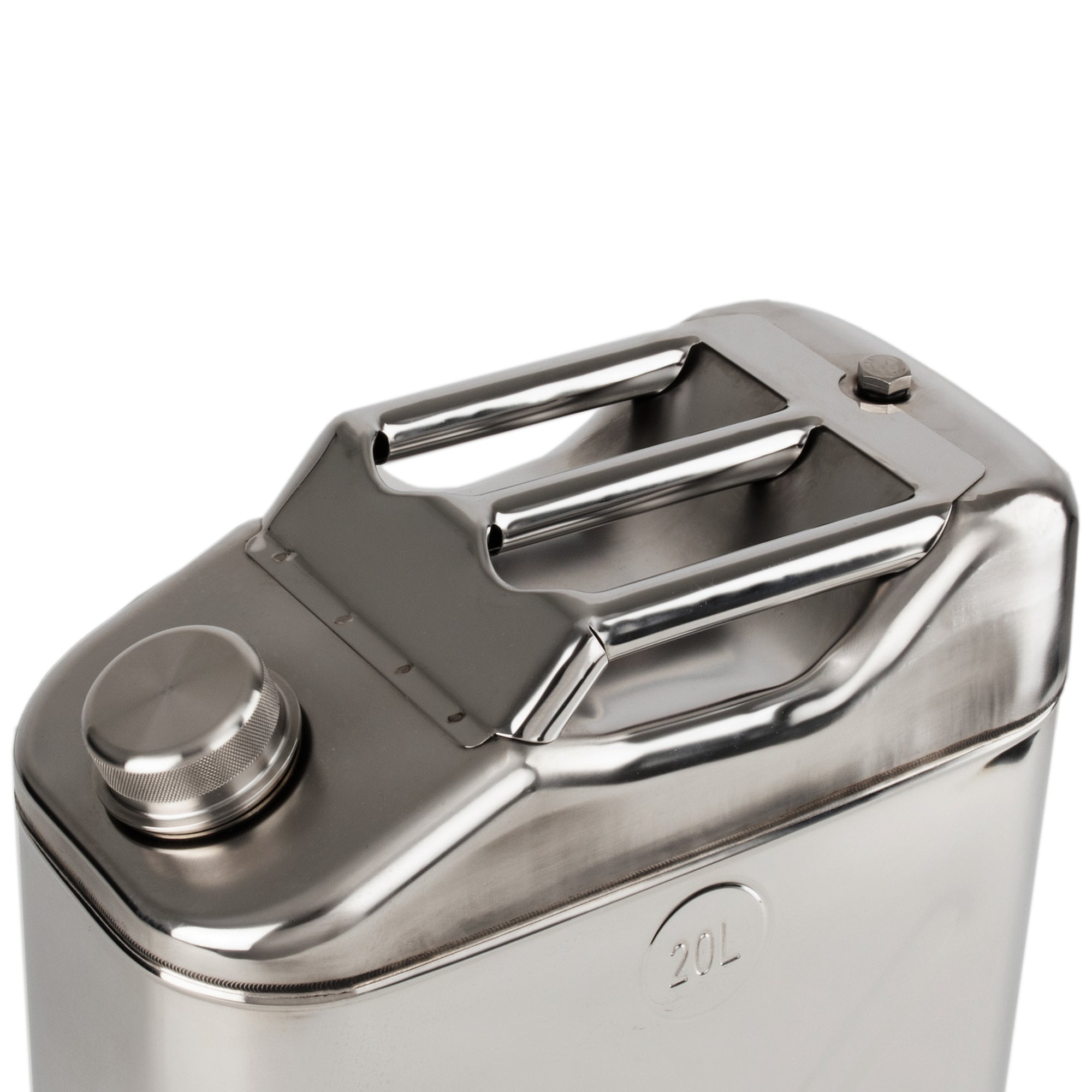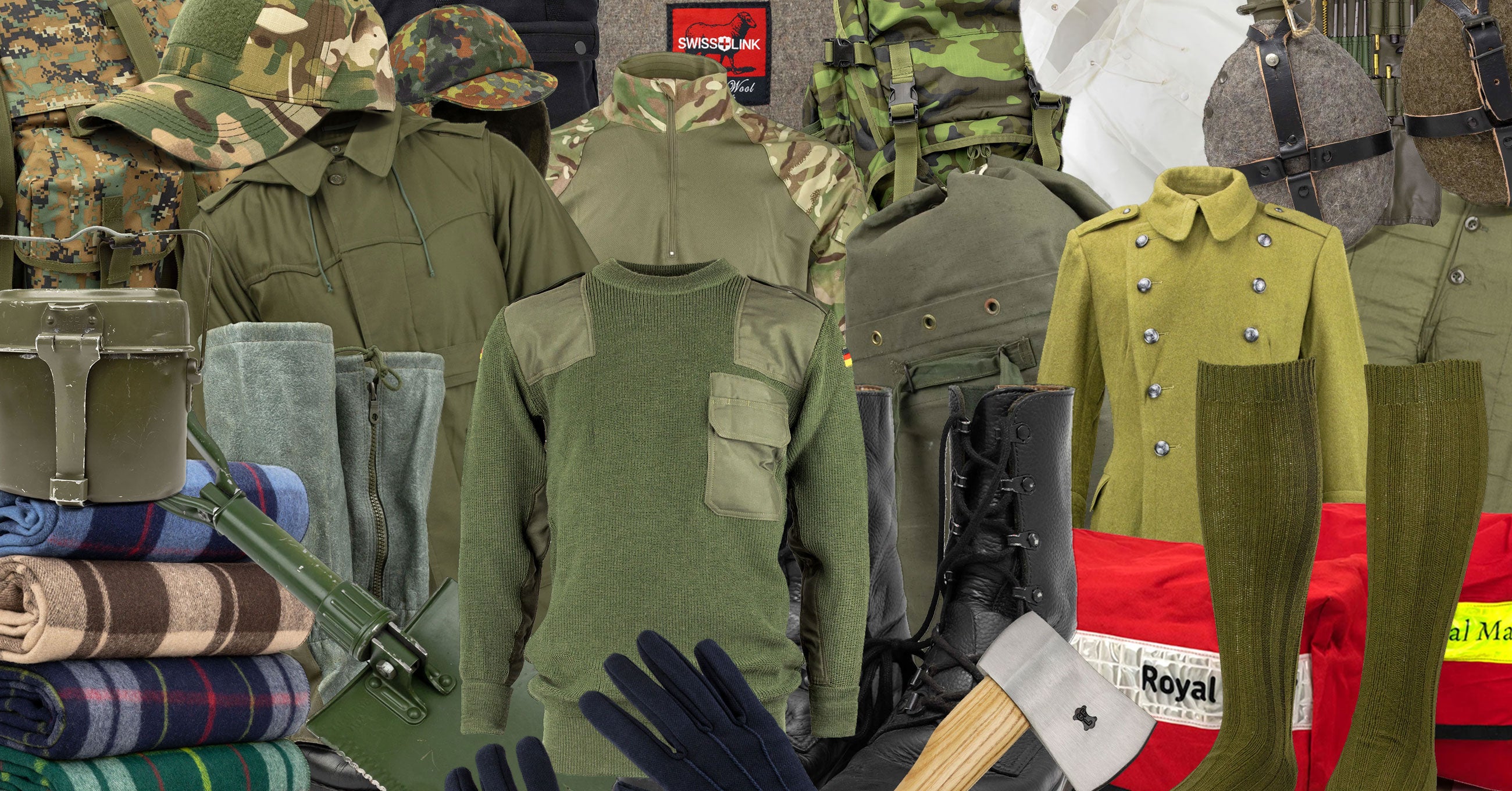A sleeping bag is a portable, insulated bag that is designed to keep you warm and comfortable while you sleep. When choosing a sleeping bag, there are several factors to consider, including the temperature rating, shape, size, and weight. Here are some tips to help you choose the right sleeping bag for your needs:
-
Consider the temperature: The first thing to consider when choosing a sleeping bag is the temperature rating. Sleeping bags are rated to indicate the lowest temperature at which they will keep the average person warm. Choose a sleeping bag with a temperature rating that is appropriate for the conditions in which you will be using it.
-
Choose the right shape: Sleeping bags come in different shapes, including rectangular, semi-rectangular, and mummy-shaped. Rectangular sleeping bags are the most spacious and comfortable, but are also the heaviest and bulkiest. Mummy-shaped sleeping bags are more compact and lightweight, but may not be as comfortable for some people. Consider your personal preferences and the specific needs of your trip when choosing the right shape for your sleeping bag.
-
Consider the size: Sleeping bags are available in different sizes, from small to extra-large. Be sure to choose a sleeping bag that is the right size for your body. A sleeping bag that is too small will be restrictive and uncomfortable, while a sleeping bag that is too large will be heavy and difficult to carry.
-
Consider the weight: The weight of a sleeping bag is an important factor to consider, especially if you will be carrying it on a backpacking trip. Lightweight sleeping bags are more convenient to carry, but may not be as warm as heavier sleeping bags. Consider the balance between weight and warmth when choosing a sleeping bag.
What about military surplus sleeping bags?
Military surplus sleeping bags can be a good choice for some people, depending on their needs and preferences. Military surplus sleeping bags are typically made from high-quality materials and are designed to withstand demanding conditions, which can make them durable and long-lasting. Additionally, military surplus sleeping bags are often available at lower prices than new sleeping bags, which can make them a good value.
However, there are also some potential drawbacks to military surplus sleeping bags. Because they are surplus items, they may not be available in a wide range of styles, sizes, and temperature ratings, which can limit your options. Additionally, military surplus sleeping bags may show signs of wear and tear, and may not be as clean or as new-looking as new sleeping bags.
Ultimately, choosing a sleeping bag is a personal decision that depends on your specific needs and preferences. Consider the temperature rating, shape, size, and weight when making your choice.
Do I need a sleeping bag?
A sleeping bag is a useful piece of equipment to have in a variety of situations, and can provide warmth and comfort while you sleep. There are many situations in which someone might need to use a sleeping bag, including:
-
Camping: The most common use for a sleeping bag is camping. A sleeping bag can provide warmth and comfort while you sleep in a tent or other outdoor shelter. It can also protect you from the ground, which can be cold and uncomfortable to sleep on.
-
Backpacking: If you are going on a backpacking trip, a sleeping bag can be a useful piece of equipment to have. A lightweight sleeping bag can provide warmth and comfort while you sleep in a tent or other shelter, and can be easily carried in your backpack.
-
Emergency situations: In an emergency situation, a sleeping bag can provide warmth and protection if you are unable to return to your home or find other shelter. A sleeping bag can help to keep you warm and comfortable, and can provide some protection from the element.
When were sleeping bags invented?
The exact date of the invention of sleeping bags is unclear, but the concept of a portable, insulated bag for sleeping can be traced back to ancient history. In some cultures, people used animal hides or other materials to create a warm and comfortable place to sleep, and these early sleeping bags were probably similar to modern sleeping bags in many ways.
The modern sleeping bag as we know it today was likely developed in the 19th or early 20th century. Early versions of the sleeping bag were made from heavy materials such as canvas or wool, and were designed to be used by explorers and other outdoor enthusiasts. Over time, the design of the sleeping bag has been refined and improved, and today's sleeping bags are made from lightweight, insulating materials such as down or synthetic fibers.







